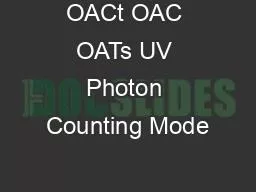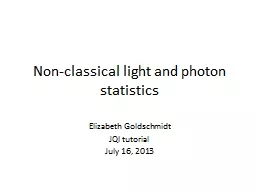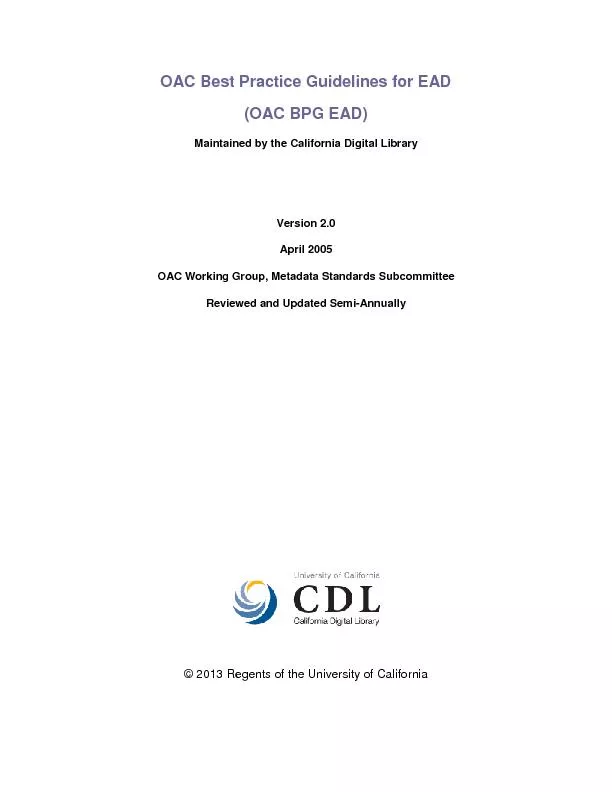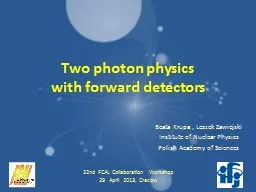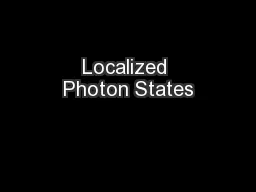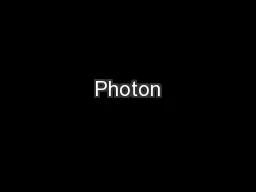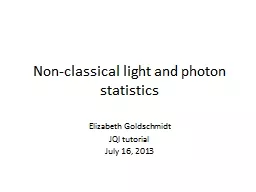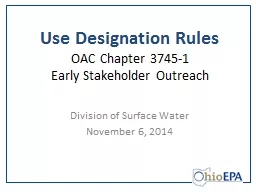PPT-OACt OAC OATs UV Photon Counting Mode
Author : donetrand | Published Date : 2020-06-26
MUslenghi IASFMilano Firenze 2992017 METIS Calibration Workshop Photon counting overview METIS Calibration Workshop Florence 29092017 MUslenghi UV Photon Counting
Presentation Embed Code
Download Presentation
Download Presentation The PPT/PDF document "OACt OAC OATs UV Photon Counting Mode" is the property of its rightful owner. Permission is granted to download and print the materials on this website for personal, non-commercial use only, and to display it on your personal computer provided you do not modify the materials and that you retain all copyright notices contained in the materials. By downloading content from our website, you accept the terms of this agreement.
OACt OAC OATs UV Photon Counting Mode: Transcript
Download Rules Of Document
"OACt OAC OATs UV Photon Counting Mode"The content belongs to its owner. You may download and print it for personal use, without modification, and keep all copyright notices. By downloading, you agree to these terms.
Related Documents

